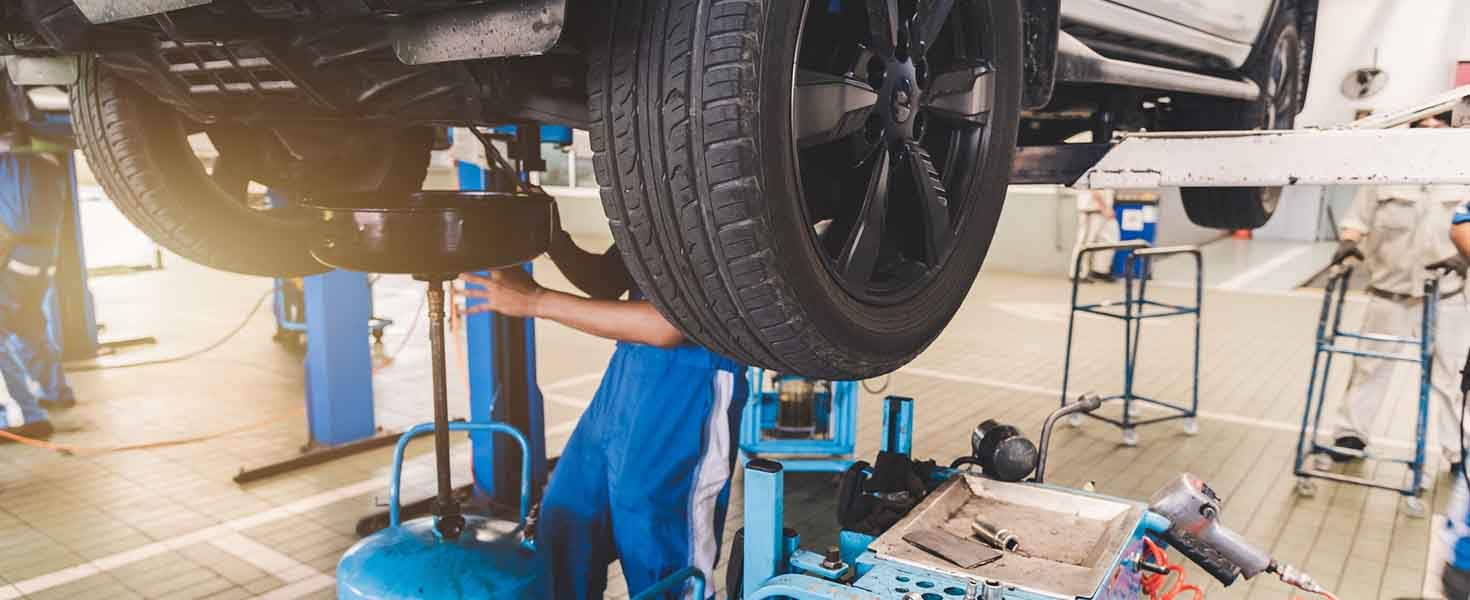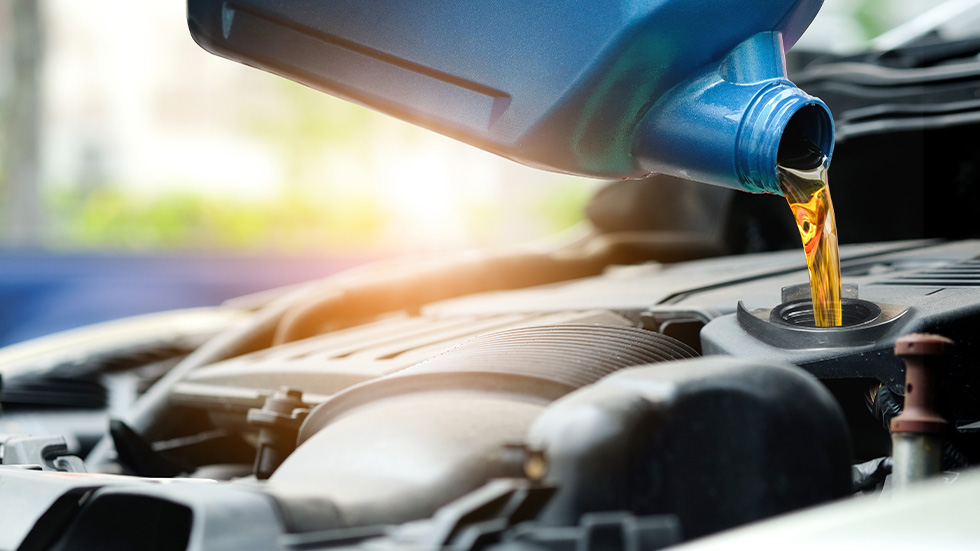Good Question: Is Regular Vehicle Maintenance Worth It?
Preventative maintenance recommendations you should be following

Good question, Valerie. There might be no worse feeling in the world than turning the key in your vehicle’s ignition switch and getting no response. With as much as you rely on your car, truck or SUV to get you and your family to home, school. and work, you cannot be left without a reliable vehicle. Yet reliability doesn’t have to be determined by your vehicle; you can play a major role by keeping up on your vehicle’s maintenance. Here are regular maintenance recommendations from the experts at AAA.
The problem with "the 3,000-Mile Rule"
You may have grown up hearing the “gearheads” in your life espousing the virtues of "the 3,000-Mile Rule"—as in you should have your engine oil changed every 3,000 miles. While this was once a standard in the automotive industry, advances in technology have allowed vehicles to be safely driven using the same fluids, lubricants, and filters well beyond that interval. Depending on the make, model, and year of your vehicle, you can easily go between 5,000 to even 15,000 miles between oil changes without experiencing engine damage.

Yet despite these advances, a significant portion of drivers (nearly 40 percent according to AAA’s 2012 Car Care Month Study) still adhere to the 3,000-Mile Rule. While having your vehicle over-serviced is certainly preferable to the alternative, doing so contributes to one of the big fallacies regarding vehicle maintenance: that it simply costs too much. On the contrary, if you follow the proper maintenance intervals for your car, truck or SUV, your service costs will be significantly less than what you may have to pay in repairs if you skip on needed maintenance.
Should you trust a service professional's recommendations?
Service professionals can offer recommendations regarding maintenance intervals (you’ve seen them; they’re those stickers they place in the upper corner of your windshield). Yet again, these suggestions are based on assumptions. More often than not, they recommend following your vehicle’s “severe service” maintenance schedule, assuming that you (like many) drive your vehicle under extreme operating conditions. This also can contribute to over-servicing.
The advent of in-vehicle maintenance systems
Automakers understand this problem and began taking steps to address it in the mid-1970s. This period saw the introduction of the first in-vehicle maintenance systems. The original alerts were programmed using preset distances. However, since they were established by the actual vehicle manufacturers, they offered a more reliable source of service advice than external reminders. Fast-forward 40 years and the smart technology in today’s vehicles allows them to literally tell you when they need servicing.
Electronic monitoring programs allow your vehicle’s onboard computer systems to analyze a wealth of performance data and operating conditions, including information such as:
- Ambient air temperatures
- Cold engine starts
- Median engine loads
- Average driving time and speed
Advanced algorithms are then applied to these factors to offer a real-time indicator of when your vehicle’s fluids begin to degrade. This eliminates the need for separate “severe” and “normal” service schedules because recommendations are made based on actual data rather than estimated criteria. When a need for maintenance is indicated, a reminder light appears on your vehicle’s dashboard. These systems offer needed clarity on the issue of maintenance frequency to you and over 60 percent of today’s vehicle owners.

Use every available resource
In-vehicle maintenance systems are not without their limitations, however. Most are programmed using a two-tiered service schedule (the first being for routine services such as oil changes and tire rotations, and the second for those services plus additional inspections). Most maintenance reminder systems do not provide alerts for other important maintenance services, such as:
- Brake fluid flushes
- Coolant flushes
- Spark plug changes
- Timing belt replacements
Your vehicle owner’s manual remains the comprehensive source for service recommendations. It should be used in conjunction with the information provided by the in-vehicle maintenance system. Other tools, such as mobile applications, can make the process even easier by using information you provide regarding your vehicle to create a custom vehicle maintenance schedule and alert you accordingly.
Don’t allow yourself to be stranded by your vehicle due to negligence. Make the commitment today to adhere to the correct maintenance schedule for your car, truck or SUV. Pay attention to your vehicle’s maintenance needs, and read through your owner’s manual to create a schedule for services not covered by the in-vehicle reminder system.
As always, if you have a good question for the AAA experts, submit it by clicking here.
